As many areas of artificial intelligence (AI) have experienced exponential growth, computer vision is no exception. According to the data from the recruiting platforms – job listings that look for artificial intelligence or computer vision specialists doubled from 2021 to 2023. It’s definitely an exciting time to be in AI.
While it is true that there is a need for computer vision specialists, engineers are not the only profiles driving growth in this sector. On both the business and technical sides, there is a massive demand for those who can jump on board and help steer the field toward success.
In this article, we introduce several positions in the world of computer vision (CV) aside from computer vision engineers, or AI/machine learning/data science specialists.
The State of Tech Jobs Today
Computer vision jobs are considered highly technical and require specific skills. The position of computer vision engineer, or CV specialist, often requires the following skills:
- At least a bachelor’s degree in a given field – computer science, applied mathematics, electrical engineering, artificial intelligence, or similar;
- Experience in several computer vision techniques, such as Convolutional Neural Networks (CNN), Recurring Neural Networks (RNN), transformers, diffusion models, and radionics.
- Experience with classical computer vision tools, such as OpenCV, object detection, image segmentation, data annotation, etc.
- Proficiency with one or more programming languages such as Python or C++, and tools like TensorFlow and PyTorch.
- Hands-on experience with specific image formats (e.g., DICOM) and collaboration with subject-matter personnel.
In addition to the core computer vision jobs, many listings look for less technical CV positions. Our analysis will explore these career opportunities in computer vision that are not strictly CV engineer or AI/ML specialist.
It’s worth it to note that most of these jobs are located in North America, Western Europe, India, and East Asia. A few of the positions accept online and remote work.
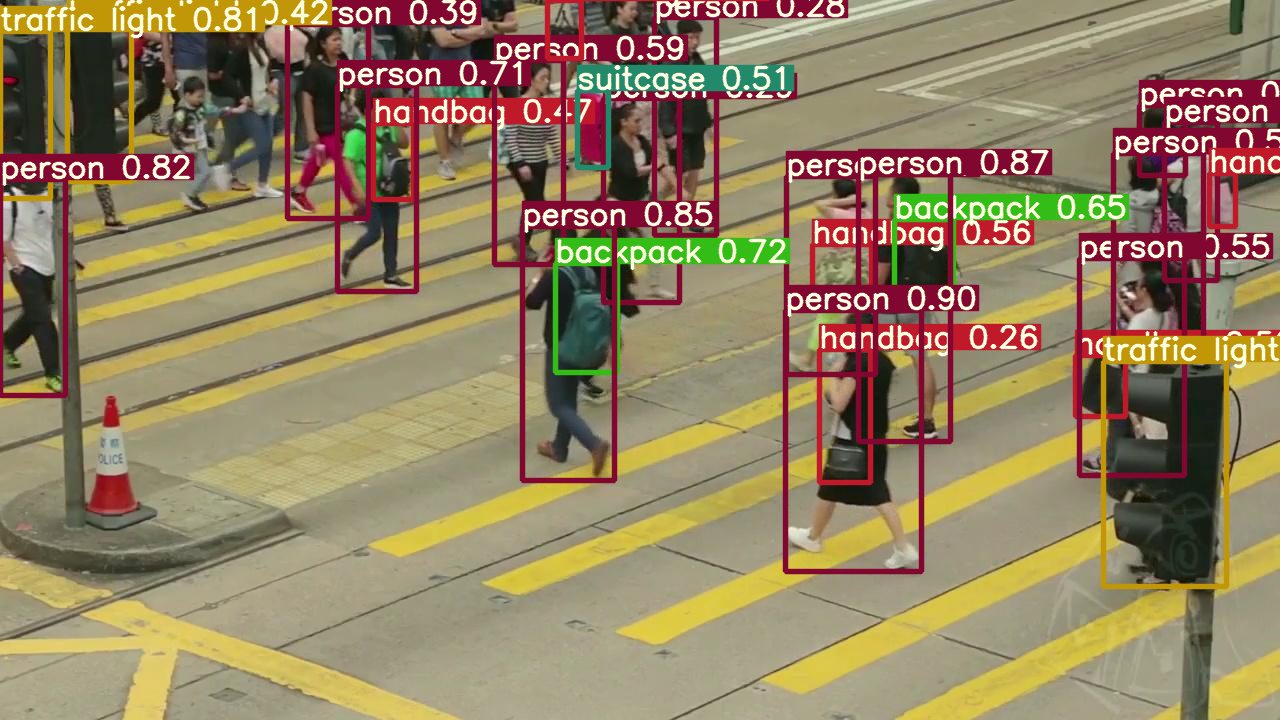
Computer Vision Jobs in the Global Market
In this section, we describe the different jobs in computer vision that are treated as side jobs in the industry but still require particular skills and expertise.
Job 1: Image Annotation
This job requires the following skills:
- Working with different image annotation tools and software to perform tasks effectively.
- Collaborating with CV scientists, engineers, and researchers to understand annotation requirements and project objectives.
- Experience in using different annotation tools (e.g., bounding boxes, polygons), software for 2D image annotation, and 3D point cloud annotation.
- Annotating and labeling 2D images and 3D clouds to discover objects of interest, e.g., cars in traffic, or a medical condition in healthcare.
- Verifying and validating annotations to maintain high data quality and reliability.
- Good understanding of spatial data, 2D and 3D geometry, and coordinate systems.
- Following the annotation instructions and specifications ensures accuracy and consistency across annotated datasets.
- Providing feedback and suggestions to improve annotation processes and workflows.
- Maintaining records of annotation tasks, including documentation of annotation steps, specifications, and any issues encountered.
- Staying informed on advances in computer vision and image technology relevant to annotation tasks.
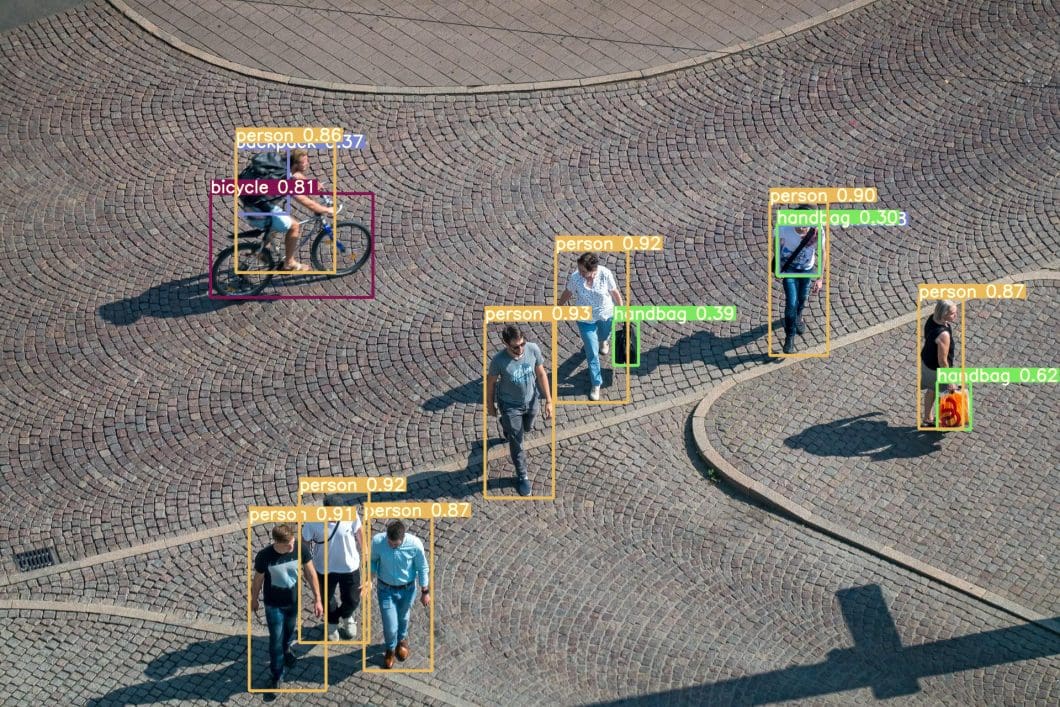
Job 2: AI/Data Annotation
Another common role is data annotation related to AI and machine learning applications, e.g., in natural language processing (NLP), or retail.
- Providing input examples on the training content.
- Providing training data to machine learning and computer vision engineers to define ground truth data.
- Identifying gaps in the training data and suggesting improvements.
- Developing and maintaining annotation guidelines and best practices.
- Undertake the entire labeling process, including proactively updating previously labeled data if definitions or guidelines change.
- Labeling the data according to how well it aligns with the predefined business framework.
- Reviewing and annotating data to ensure it meets quality standards and project requirements.
- Providing feedback to machine learning engineers to improve data accuracy and quality.
- Also, understanding how labeling choices affect the final caliber of the AI model being trained.
- Collaborating with internal teams to optimize model performance based on annotated data.
- Carefully review meeting transcripts and the corresponding highlights (notes).
- Making wise decisions in situations that are unclear and call for a careful, subjective analysis.
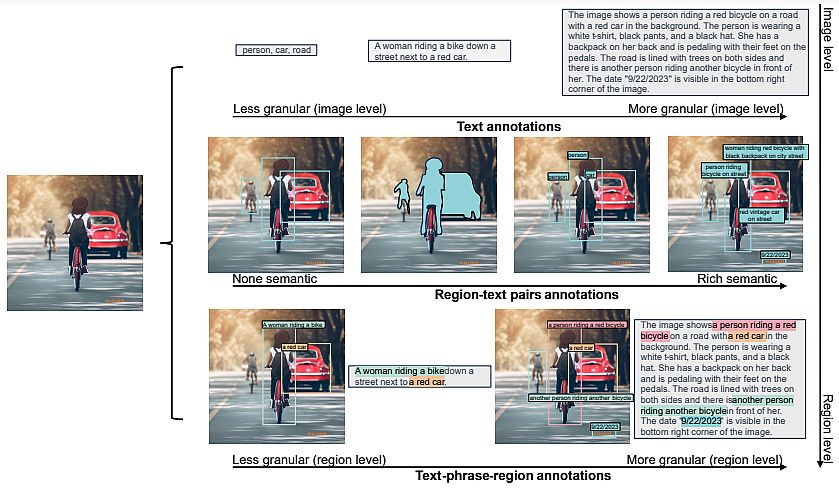
Job 3: Image Processing Technician
The image processing technician performs the following tasks:
- Image acquisition – it means capturing an image with a scanner or digital camera, or importing it into the software from an external source.
- Image enhancement – this process includes enhancing an image’s visual quality by lowering noise, boosting contrast, and eliminating artifacts.
- Image restoration – this entails restoring a degraded image by eliminating noise, distortion, and blurring.
- Image segmentation is the process of breaking an image up into areas or segments, each of which represents a different object or feature.
- Image description and representation entail expressing an image’s features succinctly and meaningfully, as well as representing an image in a fashion that allows for computer analysis and manipulation.
- Image analysis is the process of extracting information from an image by applying mathematical models and algorithms to identify objects, find patterns, and quantify features.
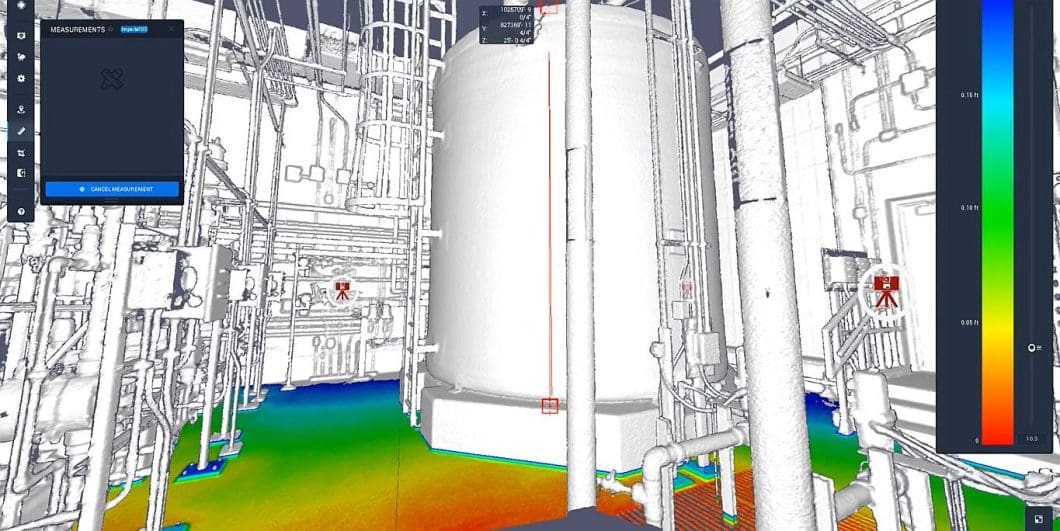
Job 4: Video Processing/Video Segmentation
Video processing job candidates should have a background in video editing and be proficient in different video editing software. The video segmentation specialist is responsible for splitting videos into smaller chunks based on specific criteria or requirements.
This includes cutting down unneeded scenes, dividing up shots, or producing solitary segments. The applicant should be able to work quickly and with great attention to detail to fulfill deadlines.
- Familiarity with video editing software (e.g., Adobe Premier Pro, Final Cut Pro, and similar software).
- Video editing, encoding, and optimizing.
- Ensuring smooth operation and logical sequencing.
- Editing and manipulating video content in a way that the viewer cannot notice.
- Getting a brief to understand the requirements and specifications of the production team.
- Cutting video clips into appropriate lengths and assembling the video’s content.
- Importing sound, music, graphics, and effects.
- Creating initial and final cuts.
- Strong attention to detail.
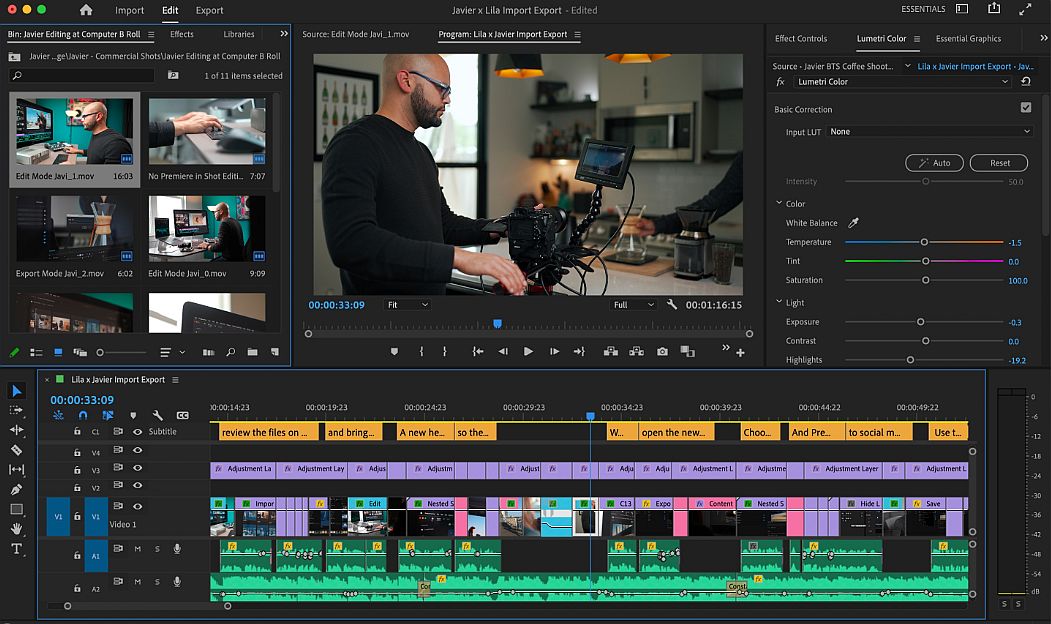
Job 5: Image Fusion Job/Image Dataset Operator
This position is mostly required in healthcare, and the skills include:
- Getting images from MRI (e.g,. brain, tissue, eyes, heart) in different formats.
- Resizing the low-resolution multispectral images to the same size as the monochromatic image.
- Transforming the R, G, and B channels of the multispectral image into IHS components.
- Modifying the monochromatic image with respect to the multispectral image.
- Replacing the intensity of the monochromatic image and performing an inverse transformation to obtain a high-resolution multispectral image.
- Performing image dataset searches (e.g., ImageNet, COCO, Open Images, Flickr Commons, etc.).
- Invoking and executing image APIs (Google Vision API, Microsoft Azure Vision API, IBM Watson Visual Recognition API).
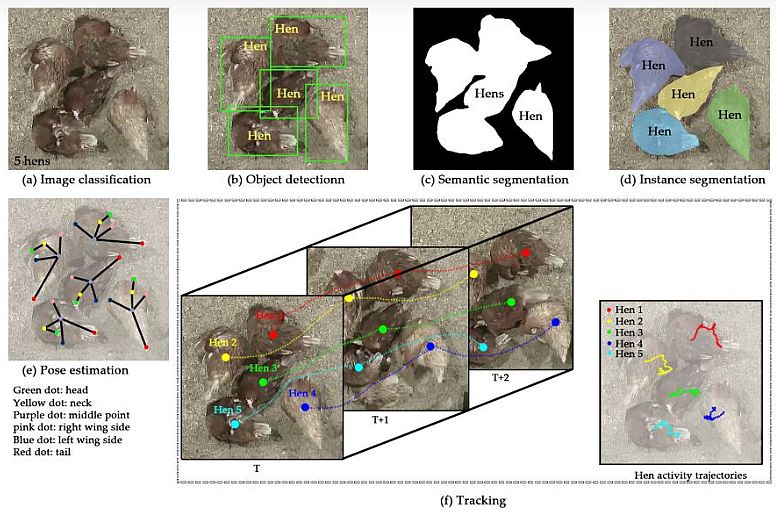
Job 6: Software Engineer
Besides specialized CV engineers, computer vision companies often employ regular software engineers who possess the following skills:
- Being proficient in programming languages, e.g., C++, Python, Java, etc.
- Strong technical background with analytical and problem-solving skills.
- Knowledge of the frontend language JavaScript and at least one of the languages, like C#, Ruby, and PHP.
- Familiarity with front-end frameworks and libraries like Angular, React, Vue, and jQuery.
- Problem-solving and debugging skills, and some experience with DevOps or SaaS environments, will be beneficial.
- Customer-oriented with a real striving for quality and engineering excellence.
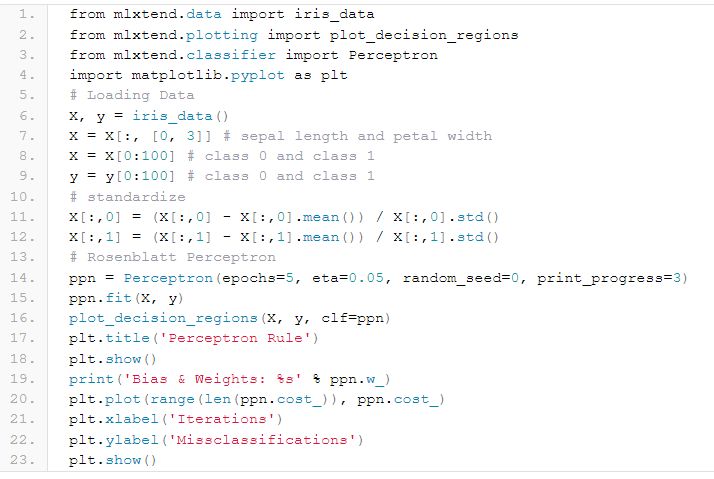
Job 7: Digital Artist/Game Designer
For the digital artist position, the skills required include:
- Expert in Adobe Creative Suite with knowledge of InDesign, Photoshop, Flash, and Illustrator.
- Experienced in web design, e.g., Wix, Weebly, Adobe Dreamweaver, WordPress.
- Knowledge of layout design and typography.
- A creative person with a strong understanding of color theory.
- Also, to possess creative thinking skills. Proficient in creating logos, web banners, and landing pages.
- Creating wireframes and mockups with Canva, Figma, Marker.io, Adobe XD, etc.
- Branding, ensuring a coherent visual presentation.

For the game designer, the skills include:
- Creating the game’s user experience and its mechanics.
- Examining game metrics and formulating theories.
- Establishing and maintaining the order of levels.
- Also, experience in the process and capabilities of strong gameplay.
- Maintaining design documentation.
- Collaborating with the development team.
How to Get a Job in Computer Vision
To get a job in computer vision the main requirement is to possess the skills required. So, you have to specialize in some of the related areas: image annotation, image/video processing, software engineering, etc.
Additional skills that will be beneficial for you include your soft skills:
- Responsible person, self-motivated (working independently), with minimal supervision.
- A great communicator.
- Team player, eager to learn.
- Willing to attend training.
- Ability to work under pressure.
- Strong time management skills.
- Cautious and detail-oriented.
- Able to keep a sharp focus, even in repetitive tasks.
- Willing to join several projects at the same time, and to accept reprioritization as necessary.
- Previous experience in similar projects, e.g., image classification and segmentation, data annotation, etc.
Jobs in computer vision remain to be highly technical and highly attractive. Almost all computer engineers and AI scientists have faced an opportunity to apply for a job in computer vision.
Along with the strict computer vision listings, some ads look for less technical CV positions. Thus, many young people with diverse backgrounds and skills can apply and find their career path in the exciting field of computer vision.
Applying Enterprise AI
Viso Suite is our production-ready computer vision infrastructure for enterprises. Under the hood, Viso Suite takes care of the entire application lifecycle, making it possible for teams to seamlessly integrate computer vision into their existing tech stacks and business processes. Is your organization ready to start using enterprise-grade computer vision? To learn more, book a demo with our team of experts.
FAQs
Q1:
Answer:
Q2:
Answer:
Q3:
Answer:
Q4:
Answer:
